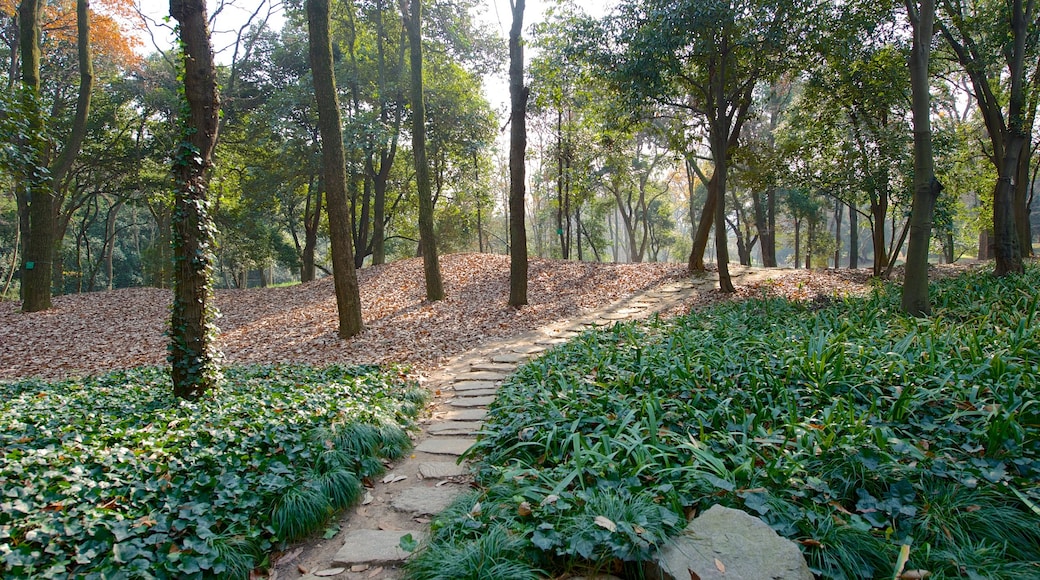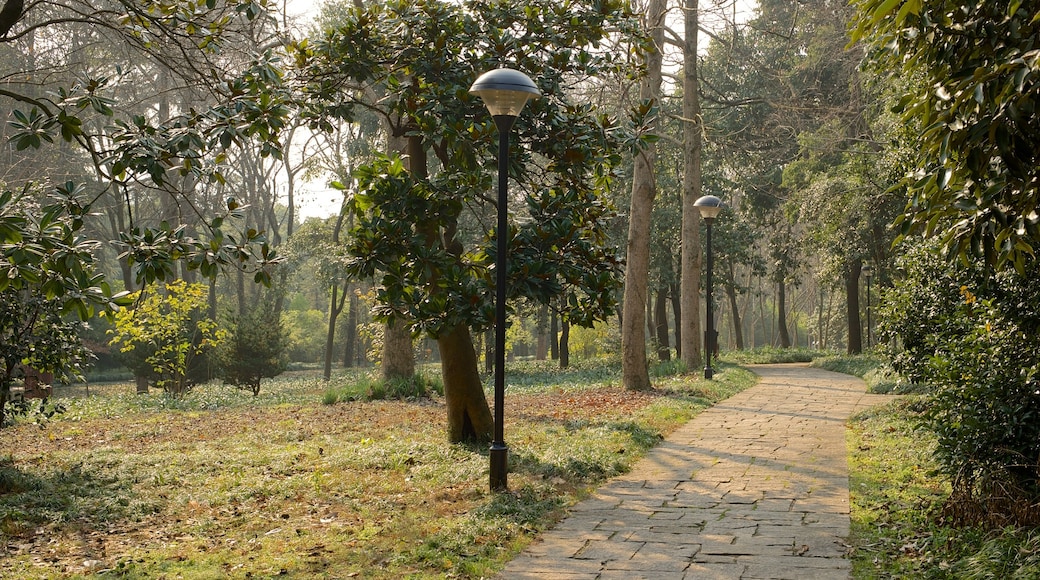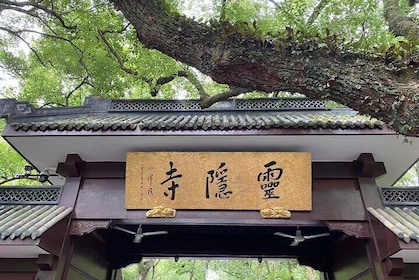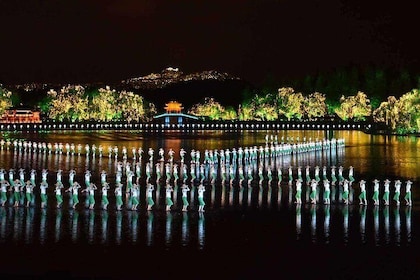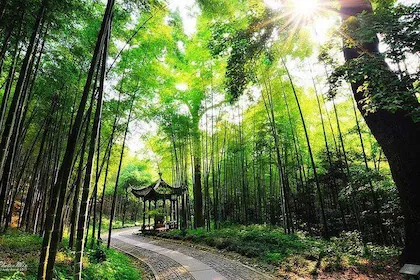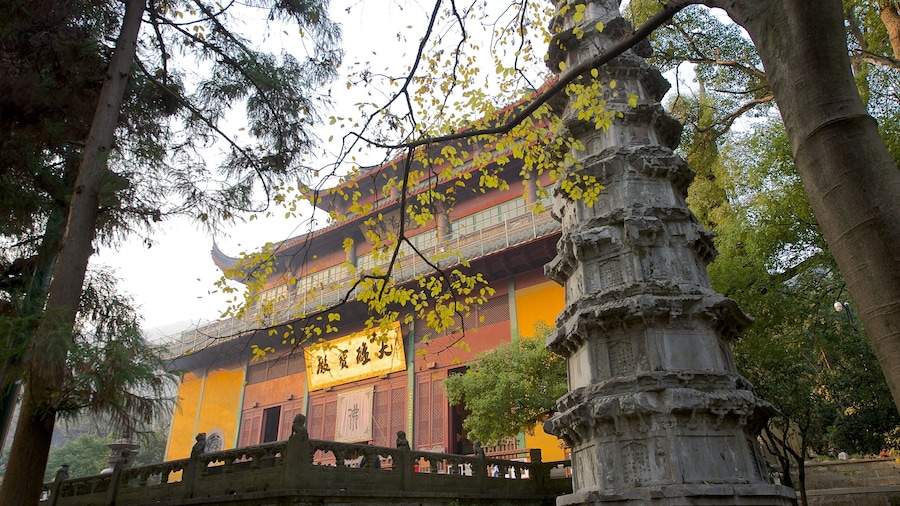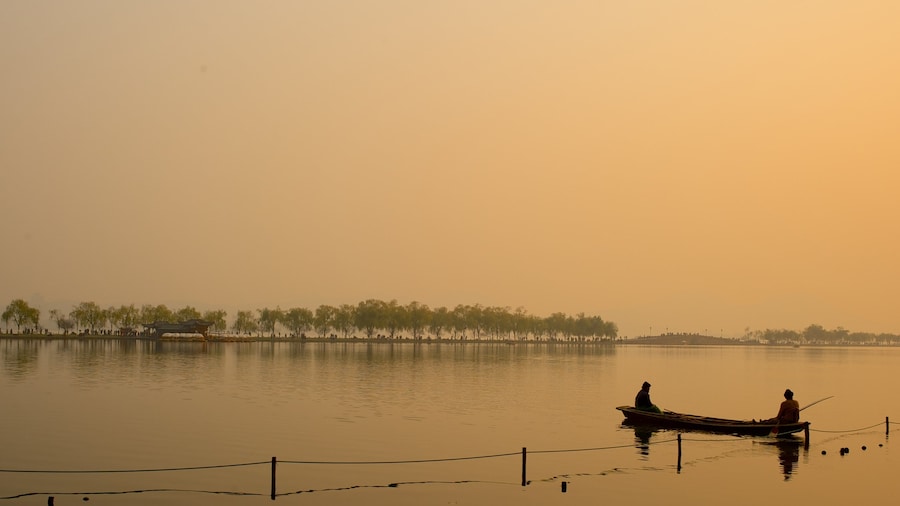See a variety of native plants alongside ornate pavilions, stalls and a pretty lake as you meander through this green space in the city centre.
Hangzhou Botanical Garden is a postcard-pretty area where locals and travellers like to unwind next to a vast variety of plant life and quaint attractions. It was initially conceived in 1956 as a research base and a tranquil resting spot in the city. Note the calm atmosphere, as the park is less busy than other significant parks due to its entrance fee. The resulting serenity and seclusion validates the small payment.
Meander through magnolias, camellias and peach trees on Yuquan Avenue. Admire the pink and purple hues of the lotus flower during the summer months. See how the osmanthus flowers change their colours in autumn. Try the local custom of mixing osmanthus flowers with black or green tealeaves as a pleasant drink.
Take a look around the Bamboo Garden, which hosts more than 150 types of the fast-growing plants. Examine the extraordinary damaozhu bamboo, which is able to grow 1 metre (3 feet) per night. Smell the intoxicating aromas of the herbs in the Medicinal Garden. Find out about the nature and history of the Botanical Garden’s collection of species at the Plant Resources Museum.
Take a leisurely stroll around the 5,000 plum trees in the Lingfeng Tenmei, which is a part of the Botany Appreciation Garden. In spring, you can see the trees in full pink blossom. In Chinese culture, plum petals are said to symbolise happiness, joy, longevity, success and peace. See the tree branches covered in a layer of snow in the winter.
Relax and enjoy lunch or a brief snack at one of the charming waterside pavilions. Doze on a swinging hammock under the shade of the trees. Once you have completed your visit to the Hangzhou Botanical Garden, make your way to Jade Spring nearby to see fish jumping out of the clear water.
Hangzhou Botanical Garden opens every day. The entry fee only starts after 7 a.m., so it is a nice idea to visit the gardens at sunrise when no one else is around. Take a bus from the city centre or arrive by taxi.
